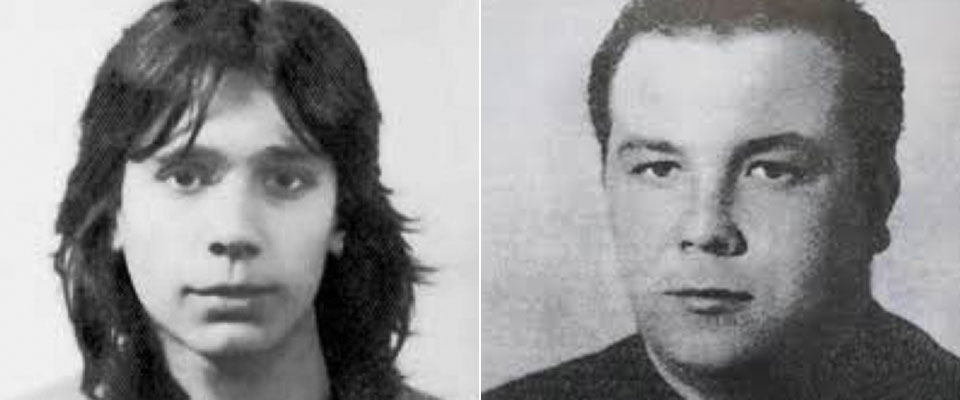
The militant group known as the Islamic State has become notorious for its public displays of violence. Linking this together with a wider discussion of the agencies and issues involved in acts of performance and political violence - first to Rousseau's portrait of the great legislator figure, and then to the context of revolutionary dynamics and experience - the article identifies a mode of discourse that sheds new light on the vision and status of nationhood and liberty in the drama, and encourages us to look more closely at the standpoint Kleist adopts towards both his main character and the presentation of central ideological issues relating to the complex nexus of violence and identity, legitimacy and performance, war and terror. parallel is established to the model of nationhood outlined by Rousseau in his frequently neglected Considé rations sur le gouvernement de Pologne (1772).


Focusing on the connections between liberty, performance and identity-formation, a significant. This essay offers a new angle on Kleist's patriotic drama Die Herrmannsschlacht by re-evaluating the text's political stakes in relation to the history of the French Revolution and the new-found awareness of the performative functions of language and imagery that emerged in the revolutionary context. Relative to their nonviolent comparison groups, terrorist groups also used more power, ingroup affiliation, and achievement motive imagery, and expressed lower levels of integrative complexity. Statistical analyses revealed that, compared with their nonterrorist counterparts, both terrorist groups described themselves by using more positive morality, religion, and aggression value references, and described their enemies by using more negative religion value references (e.g., references to being infidels). group that operated in the same context and had a similar ideology but did not engage in terrorist violence was chosen. The two terrorist groups were Central al Qa'ida and al Qa'ida in the Arabian Peninsula. This study examined whether quantitative content analysis of the value references, motive imagery, and integrative complexity expressed in the documents of two terrorist groups and two nonterrorist comparison groups could distinguish the violent groups from their nonviolent counterparts.


 0 kommentar(er)
0 kommentar(er)
